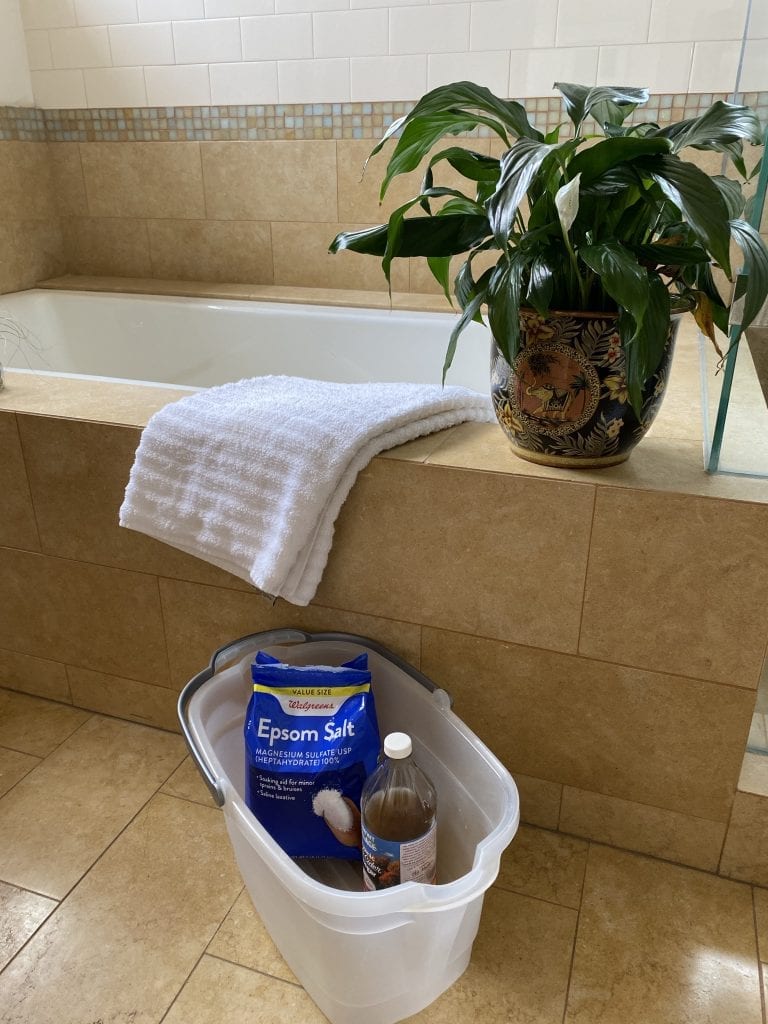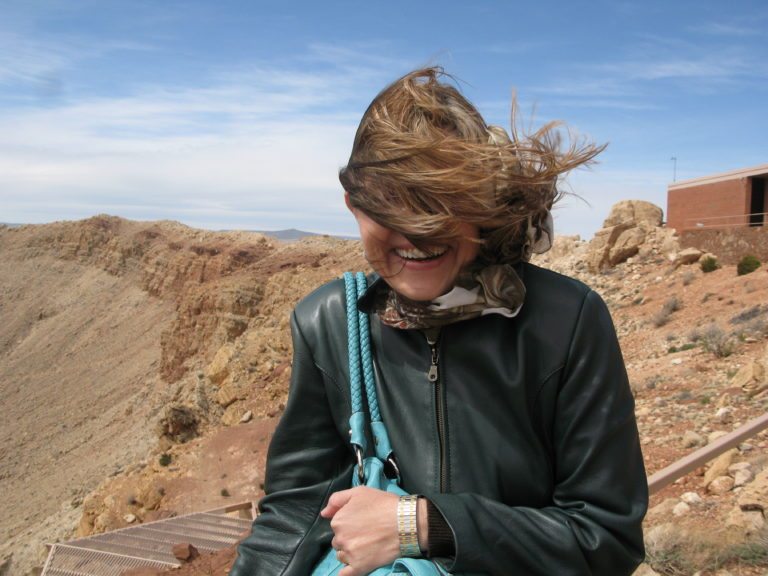Transforming loss & finding inspiration
How do we transform a loss without becoming lost in it? How do we find inspiration for daily life or the big issues? This post, the last in the series of Metal and the Fall, is about honoring the Spirit in grief and letting go, and also for inspiration.
Grief is a normal emotion in the face of loss, but at some point can take on an outsized role and becomes a dominant theme, to one’s detriment. Everyone grieves differently, and this must be respected. There is no one way or right timing, and everyone finds their own way with their loss. And yet, if we are empathetic, we often have a sense of when someone’s grief has overwhelmed them.
In acupuncture treatment, we consider the highest needs of the Spirit. When our Spirit is on firm ground, then issues of the mind and body can be held with more grace, equipoise, insight and even power. When our Spirit is acknowledged, we can draw on more internal resources, make productive links and associations, and handle life’s stresses and adversities with greater resilience.
We are faced with losses constantly, of many dimensions, and some are harder to face than others. A child matriculates to the next level of school or leaves home, we move on from a job or relationship or even a house. If you love Halloween or Christmas, you might feel empty when those celebrations are over. Death, trauma and catastrophe are much harder to cope with, and professional help may be appropriate. Grief and letting go go hand-in-hand.
The sibling of Large Intestine is Lung, and one of its themes is inspiration, and how it can uplift and fuel us to carry on in the various domains of our life. Have you thought about inspiration recently? How do you keep yourself fueled, motivated, and inspired in the best possible way?
A life in balance moves gracefully (some days are better than others, to be sure) between the losses great and small and the inspiration or benefit of moving forward with joy.

A California artist, Rebecca Zendejas, has found a way to honor those impulses of grief, loss, remembrance and even inspiration with her creation of personal altars. She came to this by way of her family history of loss and unspoken stories. Having experienced the death of eight loved ones by the age of 30, the celebration of Días de los Muertos became an essential step towards processing and healing years of accumulated grief and sorrow. As more loved ones passed away, she realized that she wanted to celebrate those that she loved and missed more than once a year. Although she could have easily framed photos of those individuals to display them on a wall, being able to surround an image of a loved one with flowers and mementos on their birthdays and death anniversaries, allowed the sorrow of loss to gently transform into the joy of appreciation. The altar, which she created and built, became the focal point to celebrate other lives throughout the year.
Three years ago, Rebecca began to make and offer these altars for purchase. She calls the altar a ‘zendohous’ – a personal altar that provides a place to remember loved ones in a unique and personal way. Each is made from up-cycled materials with mindful, loving attention to detail and is personalized for the recipient. ‘Zendo’ in Japanese translates as ‘a place of practice’. The name ‘zendohous’ is a nod to the practice of meditation, and the tradition of spirit houses in various cultures. That it also sounds similar to her name is a happy coincidence.
For many, the word “altar” carries religious connotations, however, this concept of a personal altar should not be confused with a religious practice (although it can certainly include that if you choose). Think, instead, of a devotional or dedicated space.

You might already have spaces like this where you live, though not “official”. You might keep a collection of family photos together, perhaps with a small object or two that reminds you of a family member or gathering. You might have seen shadow boxes that include a photo and a pair of shoes or hat, or even a small collection of objects mounted inside.
You might keep some photos or objects for inspiration at your desk, or on a bookshelf near a favorite chair.
You might even be inspired to change some of these displays when the seasons change, as is the practice in Japanese culture. If you’ve ever participated in a Japanese tea ceremony, you’ll recall the alcove space that holds a seasonal floral arrangement and scroll of calligraphy or painting.
In grief, this altar space is a way to embrace a life and remind you of its blessings, not just its loss. The picture can uplift your mood, recalling a happy time or event. A concert ticket, a wine cork, a trinket or statuette can complete this tableau. It gives us the opportunity to reframe a loss into a memory of love and happiness, and help you embrace it with warmth.

A personal altar, depending on how you use it, can inspire you in your work, your meditation, or it can change with the seasons. I have kept shells, feathers, a guitar pick, a bookmark, and stones from various walks … and all of them remind me of good memories or beautiful places.
Questions for you: Look around and think about the objects you’ve chosen to display. Are they for public or your private enjoyment? Are they soothing or uplifting or both? What other emotions do they invoke? Have you ever removed an object or photo in a fit of pique? Have you had something on display for years, and then decided it just didn’t speak to you the same way?
Contact Rebecca Zendejas at zendohous@gmail.com or 805-665-3334. You can see her work on Etsy or follow her on Instagram @zendohous to see more. Please note: there is no financial affiliation between us; I simply appreciate her story and creations.
Bio photo by Chris Henry, all others by Rebecca Zendejas







Interesting take. But, one that goes against my precepts. But, if it works for you- go with it.
I think I would rather use scrapbooks to remember someone or something and I have done so. That way, I can choose when I want to be reminded. But I agree that there is a delicate balance between grieving and inspiration for the future. I think I am navigating that balance now, having just moved, and having lots of other things change at the same time.
What’s important is how you feel about how you’ve chosen to remember, and when you’re content with your choices, then there is harmony in your world. And for you, in transition, having some familiar “handholds” to your past may help you become more settled in grounded in your present.
We have chosen to display items that remind us of happy times — photos, items obtained on family trips, things that remind us of our heritage. Both of my parents have died in the past 2 years so I find that pictures of our family make me feel better. We don’t have any altar-like spaces though just items scattered throughout the house.
The important thing is what feels right for you.